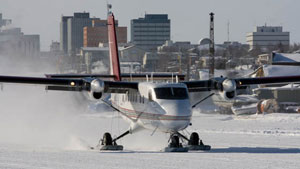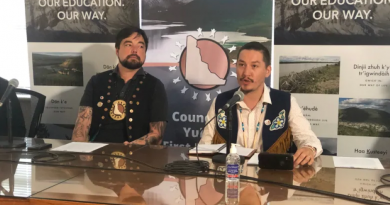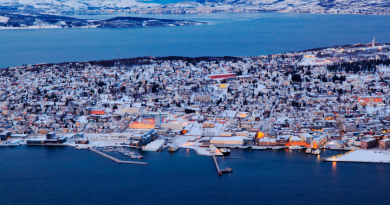Q&A – Search and Rescue in Canada’s North with Sergeant Simon-Luc Lavoie
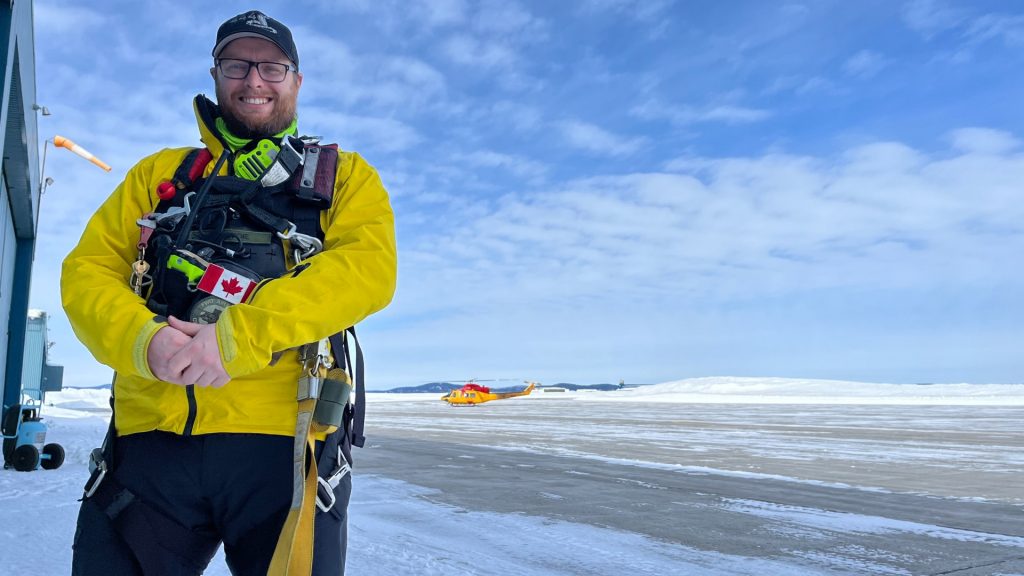
Sergeant Simon-Luc Lavoie was always interested in doing a job where he could help people.
He’d set his sights on a policing career, but after helping out at a serious car accident on his way to school one day, he changed his path.
Now medical technician lead with the Canadian Armed Forces 444 Combat Support Squadron at CFB Goose Bay in Labrador, Lavoie is part of a team that responds to emergencies around Labrador, including in some of the harshest conditions in northern Canada.
Eye on the Arctic talked to Lavoie to learn more about the rewards of a job in search and rescue and the challenges of delivering first aid in extreme cold.
Eye on the Arctic: How did you get interested in first aid in the first place? Was it something that happened before you joined the forces or did it come afterwards?
Simon-Luc Lavoie: I’ve always been a medical technician. Medicine and pre-hospital care has always been my job in the military. I started going to school to become a policeman and wanted to be in the military police. But then I happened to provide first aid at a car accident on my way to school one day and that shifted my priorities towards pre-hospital medicine and first aid in general.
What was it about that experience that resonated with you?
Just helping people in general. Obviously as a police officer, I would’ve helped people as well. But just the sheer intensity of [the car accident] experience directed me towards pre-hospital care and made be realize this is what I wanted to do.
How do you go from that, to where you are now with 444 Squadron?
I first joined [the military] in 2005 and this opportunity presented itself in 2017. Search and rescue technician is physically and psychologically a very hard and demanding job. They were having at lot of issues with manning, so their numbers were a little bit lower than they should be. They decided to use medical technicians in the smaller search and rescue units like 444 Squadron here in Goose Bay and give us the tools we needed to accomplish the same mission. I applied and got selected.
I was sent to 439 Squadron in Bagotville in Quebec where I started doing the job. Then I became an instructor and in 2020, they needed someone to come here to continue teaching. I was the only person that was the right rank and in the right circumstances that could come here at that point. Now I’ve been here for a year and half doing this.
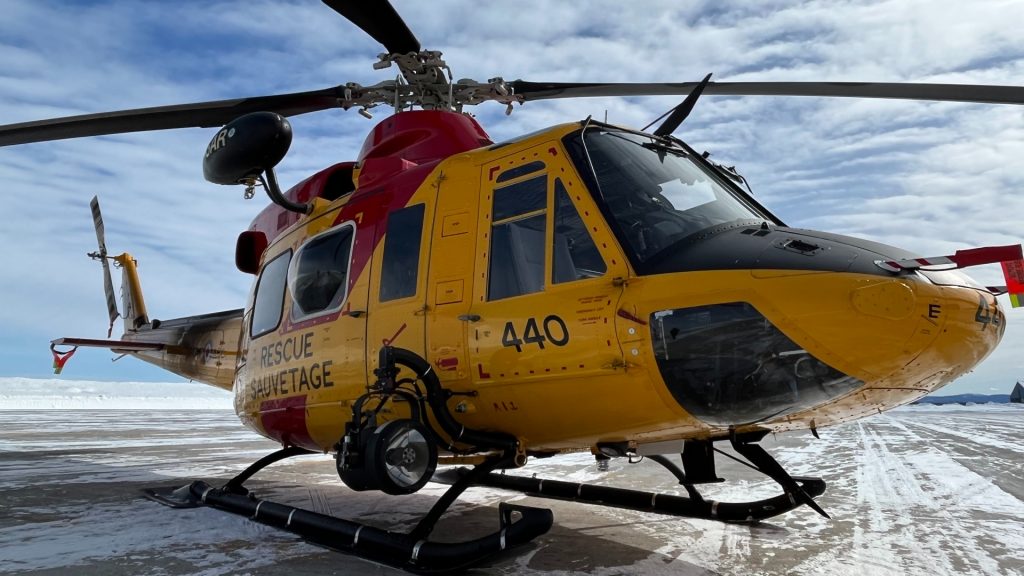
How does the work differ between Labrador and Bagotville?
The weather is very similar. The biggest difference between the two spots is how sparsely populated Labrador is. Almost everywhere we flew in Bagotville, we had cell service. Communication was very easy. Here in Goose Bay, if we fly 10 minutes away from the base, there’s no more cell service anymore so we’re a lot more reliant on satellite communication and radio communication with the helicopters. Outside of the harsh weather, communication in the North is probably the biggest obstacle that we face.
What are the particular challenges of delivering first aid out on the land in arctic conditions?
Everything is pretty much made harder by the cold weather. Cold weather means we have to carry more equipment, which makes our job more physically demanding, because our mandate is that we must be self sustaining on the ground for up to three hours.
As soon as the helicopter is gone from overhead, there’s no guarantee they’re coming back because they could get a weather hold, or they could land somewhere and not be able to take off again because of the conditions. We need to be ready to spend time alone in the wilderness so we have to carry a lot of survival equipment, warm clothing, snow shoes, and then on top of that, we have to carry our medical equipment for whoever we’re going to help.
There’s also lot of things that we can’t do because of the cold temperature like starting an intravenous line to give fluids to a patient. If it’s below freezing, we can’t do it because our fluids are going to freeze, the line is going to freeze and it’s just not going to work. We’re very limited with the care that we can give until we’re in a more controlled environment.
How does extreme cold affect injuries?
It always makes everything worse. The cold environment impacts how your body clots so if you’re out there on your snowmobile and you get into an accident you’re always going to bleed more. Also, when you’re injured, your body actually loses some of its ability to regulate temperature, so you’re not only cold, because it is cold, you’re also getting more cold because you’re injured. It becomes a spiral.
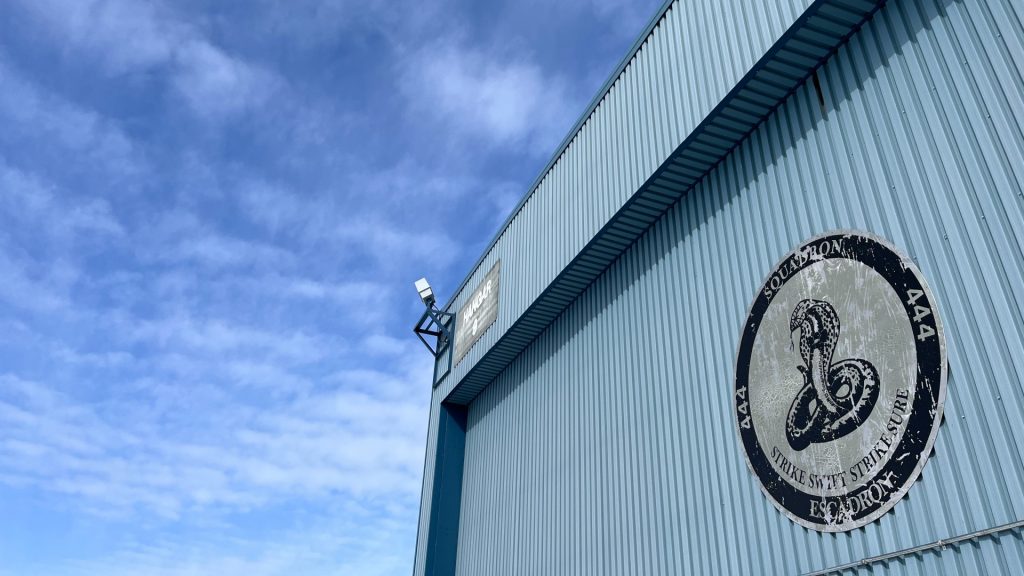
Our main mission here at 444 Squadron is to recover our own pilots. The reason we exist is because there’s a very large training area here for jets. So when these guys come here and they have an incident and they have to eject, our primary mission is to recover them. Luckily, that doesn’t happen very often, so as a secondary mission, we augment the national search and rescue.
That could mean responding to anything from a plane crash, to missing fisherman, to going to small communities up north to medevac patients from their local clinics, when other assets are not able to get there. This can happen especially at night, because we have night vision capability in our aircraft, which most civilian aircraft don’t have.
You said this work is physically and psychologically demanding, what keeps you at it?
It’s very rewarding. I’ve been doing this for almost five years now and when I look back at the missions that I did, there are people alive today, because I showed up and extracted them from a very precarious situation.
When you look at that, it makes all the hard work and the time away from the family worth it.
The above Q&A has been edited and abridged.
Write to Eilís Quinn at eilis.quinn(at)cbc.ca
Related stories from around the North:
Canada: Nunavut MLAs call for territorial search and rescue centre, CBC News

